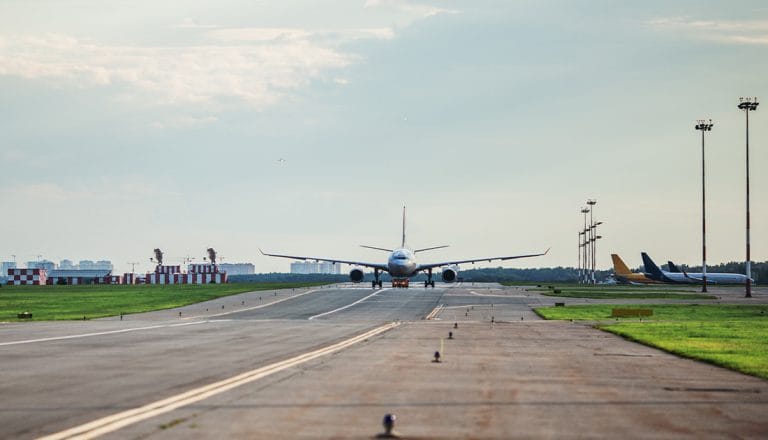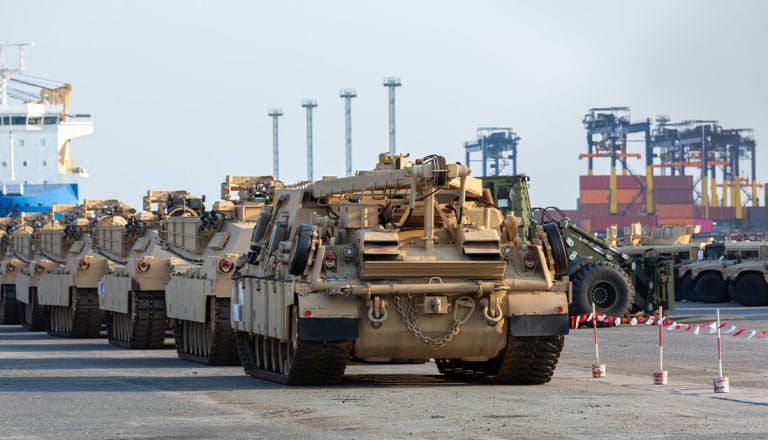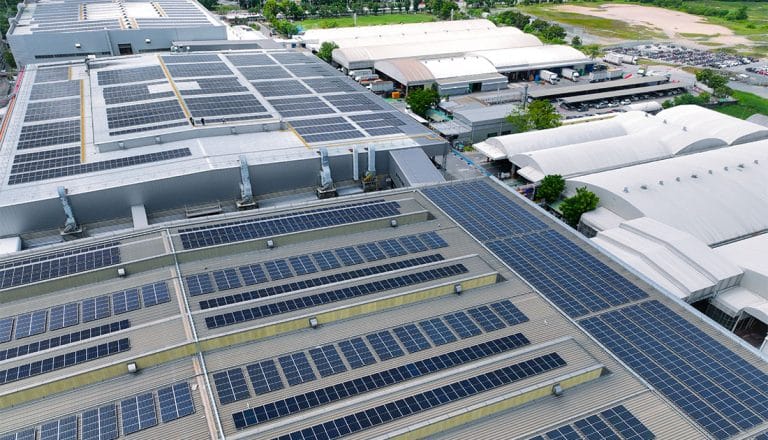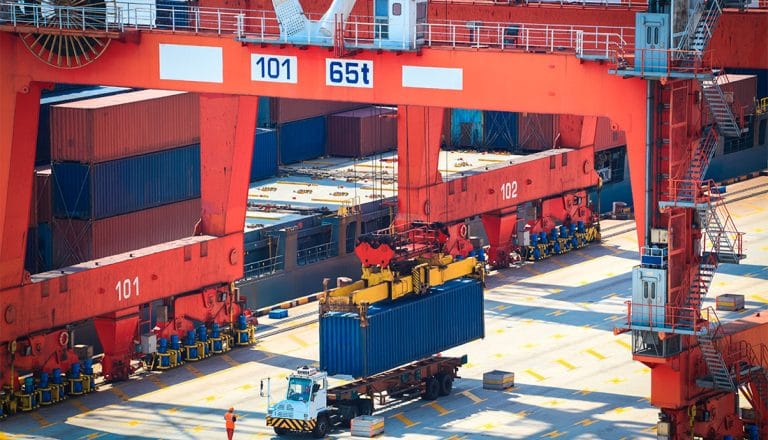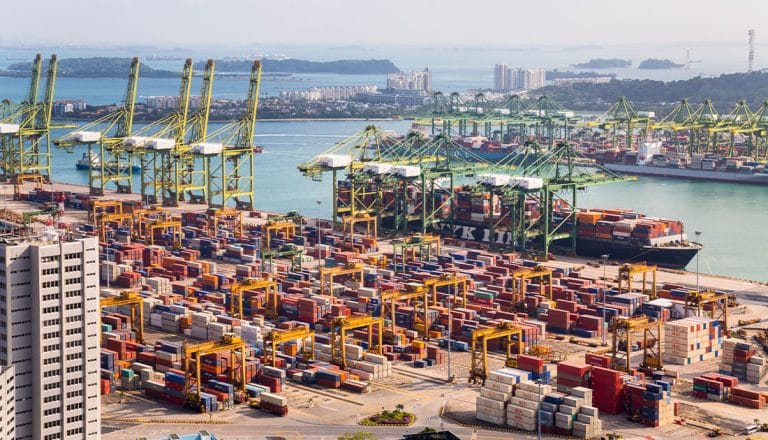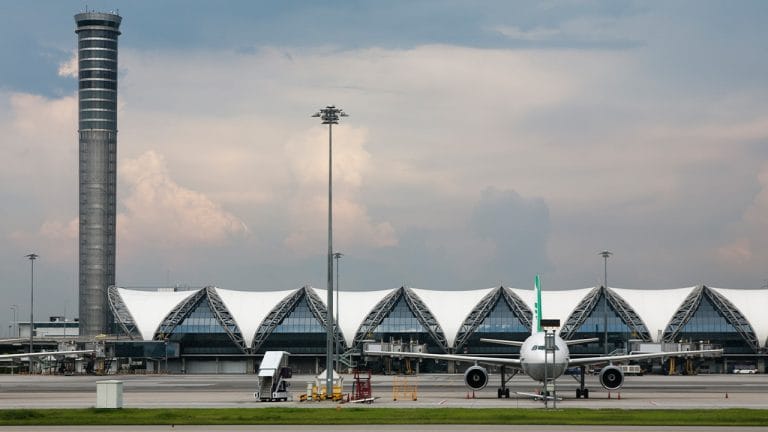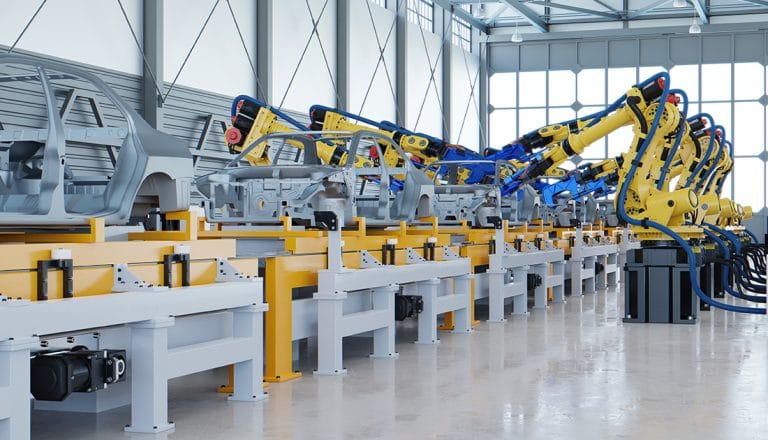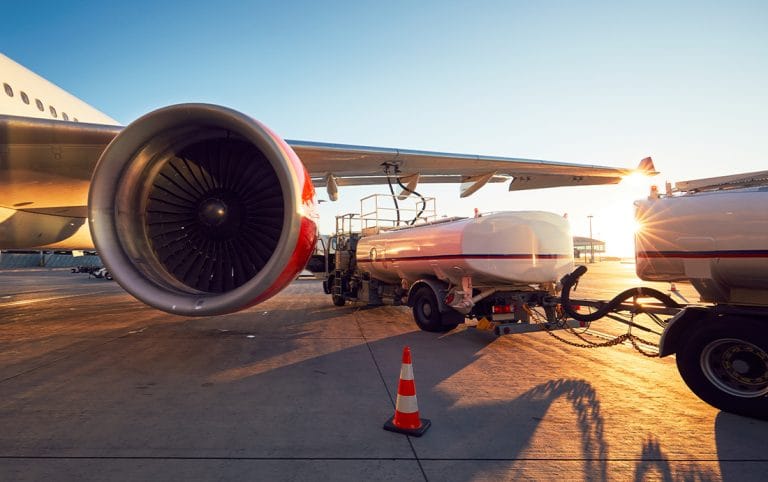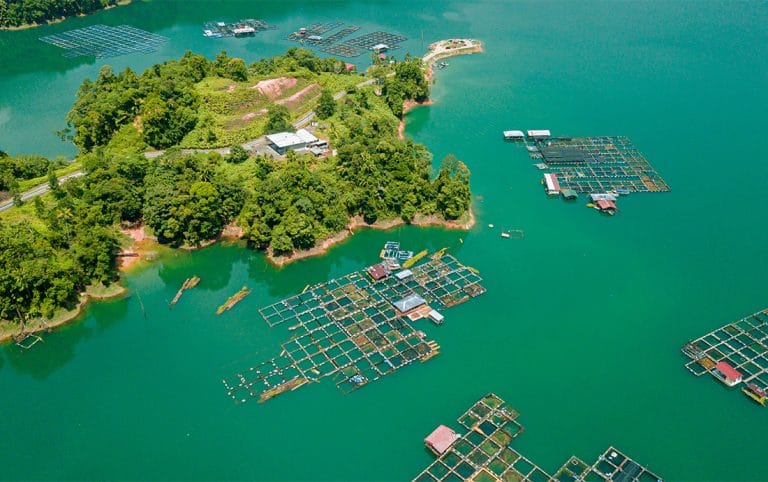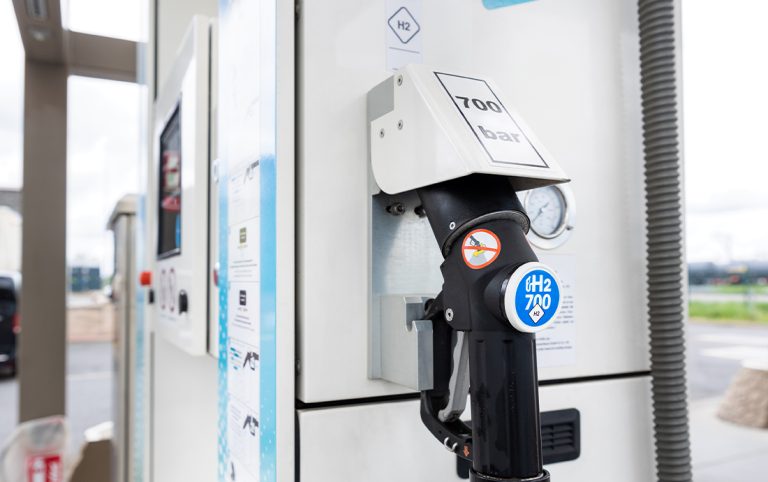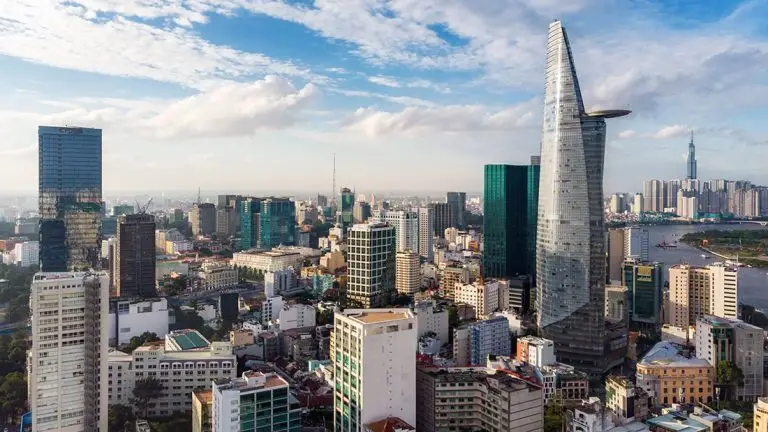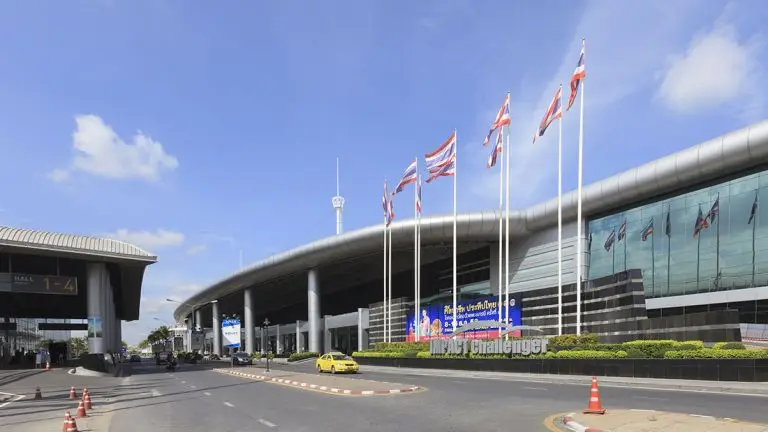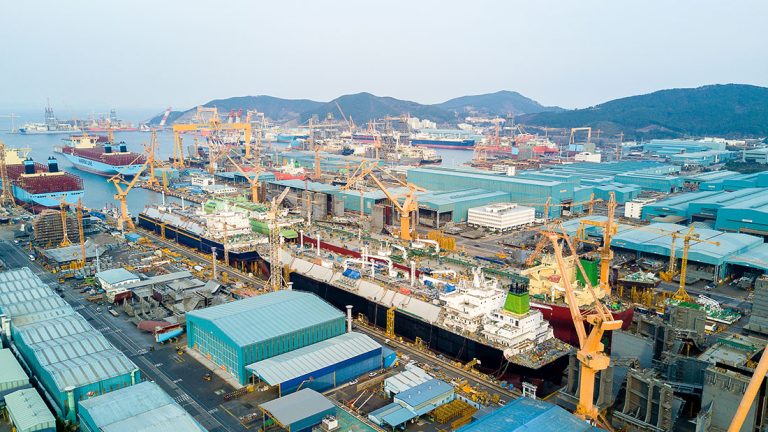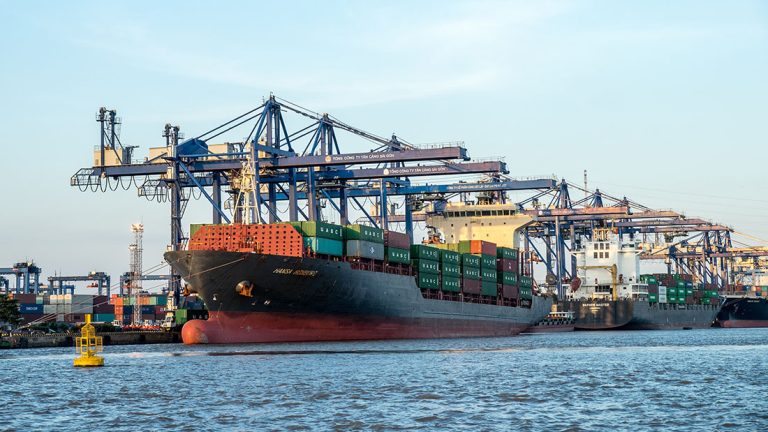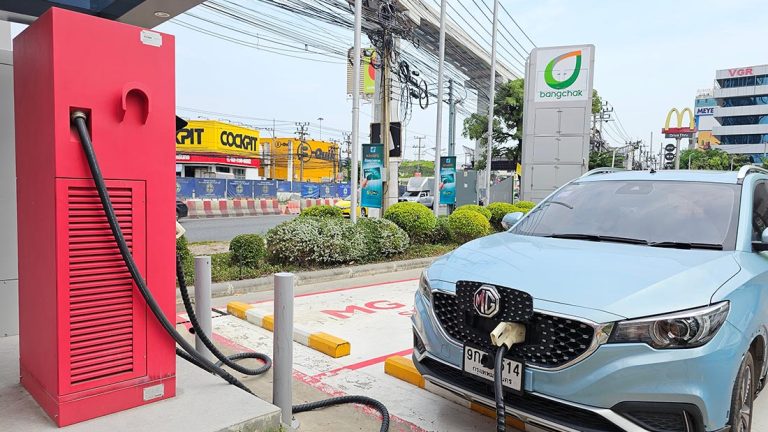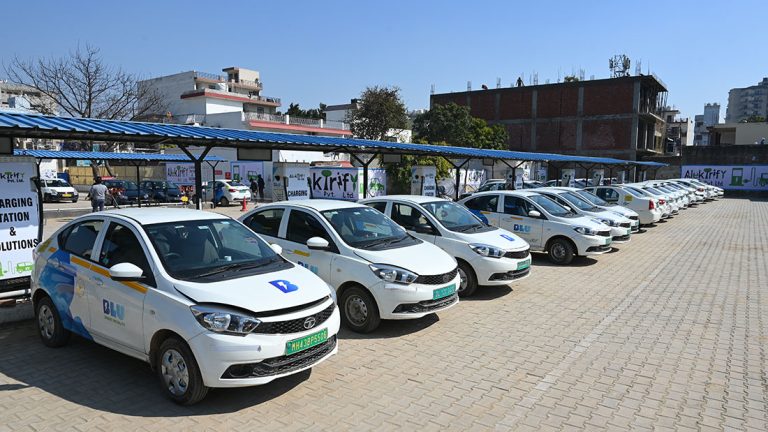- The IATA projects air travel passenger numbers in Asia-Pacific to grow by nearly eight percent in 2025
- Nearly USD240 billion has been committed to upgrading existing airports and building new ones during the next 10 years
- In addition to flights, investment opportunities in the Asian aviation sector include sustainability, technology, training & education, and infrastructure
A range of investment opportunities can be found across the Asian aviation sector, which is projected to be the fastest-growing market globally. Challenges, such as inflation and geopolitical uncertainty, must be monitored, but the long-term prospects remain promising. Asian Insiders Managing Partner Axel Blom takes a look at the industry’s outlook and the role foreign enterprises can play in future development.
Asia boasts aviation markets of all sizes. China is the world’s largest, and India is expected to become the third largest in the coming years. Meanwhile, Indonesia and Vietnam are rapidly expanding, while Thailand and Singapore are well-established with room for further growth.
Reasons for optimism across the region are plentiful. Notably, combined passenger travel in Asia-Pacific and the Middle East is predicted to increase from almost 4 billion in 2024 to more than 11 billion by 2053.
Accommodating the increased numbers will require significant investments in infrastructure. At present, approximately USD240 billion has been committed to upgrading existing airports and building new ones over the next decade. Significant projects include Terminal 5 at Singapore’s Changi Airport, a new airport outside of Ho Chi Minh City in Vietnam, and expansion efforts at Bangkok’s Suvarnabhumi International Airport and Kuala Lumpur International Airport.
As work on that continues, air travel trends in a positive direction. OAG Aviation revealed that seven of the top ten busiest international air routes last year were Asian connections. Eight of the top ten busiest domestic routes were also found in the region.
Domestic aviation across Asia has largely returned to pre-pandemic levels, with several countries having surpassed those totals. The rebound in international traffic hasn’t been as swift due to geopolitical issues and economic turbulence, among other factors.
However, the International Air Transport Association (IATA) believes the short and long-term Asian aviation outlook is positive. This year, passenger numbers in Asia-Pacific are expected to grow by nearly eight percent. The annual growth rate over the next decade is predicted to exceed five percent, significantly higher than in North America and Europe.
That means airlines looking for new opportunities must consider Asia. The combination of existing demand and short- and long-term growth makes it appealing, especially as other regions face uncertainty.
The unique geography of certain parts of Asia will be of interest to small aircraft operators and businesses. Archipelagos, such as the Philippines and Indonesia, will have different needs from a country like India.
Investment Opportunities in the Asian Aviation Sector
Outside of flights, the most prominent investment opportunities in the Asian aviation sector can be found in four key areas: sustainability, technology, training & education and infrastructure.
Infrastructure: Airports of all sizes are set to be constructed throughout Asia in the coming years. Several facilities are looking to build new terminals or expand existing operations as well. There is a growing need for maintenance centres and supporting infrastructure.
Technology: Aviation is rapidly digitising, and Asia’s growth provides technology firms with the chance to enter the market. Innovations that improve operational efficiency and reduce costs are now considered essential. Many airlines are exploring ways technology can enhance the passenger experience.
Training & Education: Building people skills is of equal importance. The Asian aviation industry needs upwards of one million pilots, technicians, cabin crew and other trained staff in the next two decades. Many countries lack the capacity to fulfil this need and are open to foreign investment to solve a possible talent shortfall.
Sustainability: As most countries in Asia strive to meet their climate targets, reducing emissions in the aviation sector is a priority. Sustainable aviation fuel (SAF) is increasingly of interest with markets having mandated its usage or planning to do so. For instance, South Korea is requiring SAF for all international flights from 2027 onwards, although this target may be delayed.
Market Spotlight
India
India is on track to become the third-largest passenger aviation market by 2027, but the consensus is that it’s only starting to scratch the surface. An expanding middle class with increasing spending power, coupled with government efforts to improve regional connectivity, will fuel further growth.
A total of 50 airports will be built before the decade’s end and plans currently call for more than 200 to eventually be in operation. OAG research indicates that nearly 70 percent of India’s domestic air travel capacity is operated through its ten largest airports.
Thailand
In March 2025, the Thai Department of Business Development announced revenue and profitability for the aviation industry had risen steadily over the previous three years, and future growth was expected. Despite the optimistic news, competition remains limited.
The agency found that the number of new companies entering the market has been low, with local entities not always able to meet global aviation standards. The situation presents an opportunity for foreign enterprises with the necessary capital and capabilities. Overseas firms account for more than 13 percent of all investment into the sector at present with China, Switzerland and Malaysia holding the largest share.
Much has been made about the decline in Chinese tourism and its impact on the Thai market. However, OAG reports international capacity has seen a net increase year-over-year with India, Middle Eastern countries and smaller markets making up the shortfall from elsewhere.
Addressing uncertainty
The outlook for the Asian aviation industry is generally positive. However, a few challenges must be considered. First, competition from China is strong. Chinese airlines and companies in the sector often possess advantages that others do not.
There is also the general uncertainty surrounding global aviation. Delivery delays on new aircraft from Airbus and Boeing have troubled some airlines. Tariffs and trade concerns have added to worries. The situation can have a knock-on effect on other areas.
Final thoughts
There are investment opportunities in the Asian aviation sector with foreign organisations being sought to fill certain needs or scale up activities. Even with lingering uncertainty, this remains a promising time to enter the market or expand existing operations.
In most cases, the key to success is having a partner with experience and local knowledge. Asian Insiders has assisted numerous airlines and aviation companies over the years. From takeoff to landing, our team makes the difference in getting your business to its final destination.
With decades of experience in the aviation sector, Asian Insiders is positioned to help you find success. To learn more about opportunities currently available, schedule a no-obligation call with Axel Blom, Managing Partner, Thailand, axel.blom(at)asianinsiders.com or Jari Hietala, Managing Partner: jari.Hietala (at)asianinsiders.com









